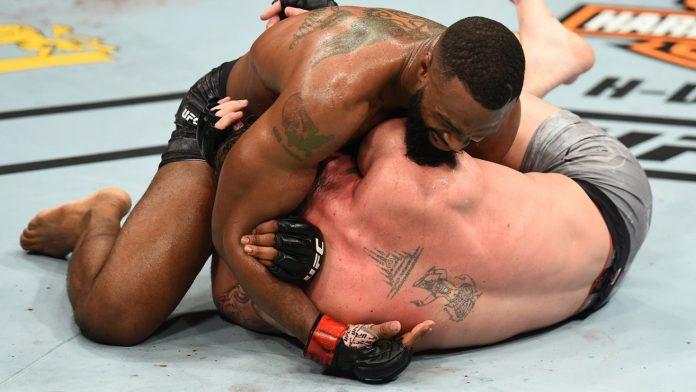
The hardest thing about a Darce choke is actually finishing with it. Despite the Darce being a submission hold, and an efficient one at that, it also doubles as a great controlling position too. In order to finish the Darce choke, though, you’ll have to go through several different grips. This is where the most important battles of the Darce happen. The good news is that you have several different grip variations to use and we’ll teach you how to finish a Darce choke with each one.
The grips involved in a Darce are versatile because of the position you are in when you’re hunting for a Darce. The Darce is an awkward choke to get used to, mostly because of the positioning of the arms. Angles and body positioning play a huge role in the choke’s mechanics. However, nothing is more important than using the right grip, at the right moment in time. Knowing more than one grip variation will help you not only in your quest how to finish a Darce choke, but also finish it against every kind of opponent, regardless of size or level.
A Positional Study Of The Darce Choke
The Darce choke is an arm-triangle choke. It is actually a strangle since it uses the compression of the carotid arteries to cause loss of consciousness. To that extent, one artery is closed down by the biceps of your choking arm, and the other by the opponent’s own shoulder being pressed against their neck. The way to achieve this is by using a figure four grip. However, getting to the figure four grip is where most challenges with a Darce choke lie.
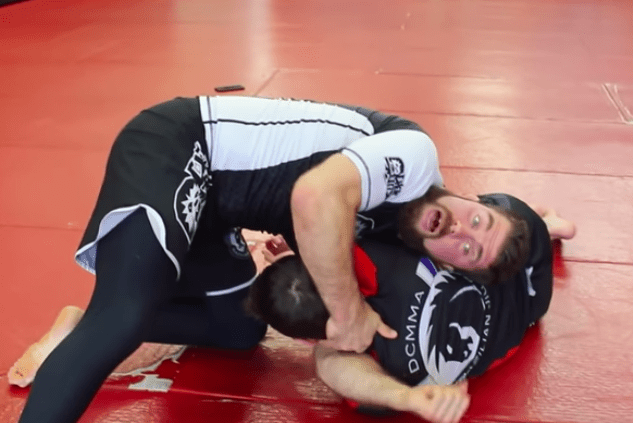
Another position that ultimately leads to a Darce finish is the top turtle position, or better said, a front headlock against a turtled opponent. This sis where your grips become integral in getting the opponent to the position you want for a finish and the finish itself. Coming up against different people will require the use of different grips. For example, trying to break a wrestler down from this position.
So, how to finish a Darce choke? Focus on the grips first and foremost and everything else will fall into place.
How To Finish A Darce Choke: Grips
There are plenty of ways to tie your hands together and hold an opponent in the Darce position before you aim to finish. For the finish itself, the figure four grip is the one that’s most utilized and go for a good reason – it is extremely tight. However, getting to that figure four grip is where most fail. Practically speaking, the grip that comes before the figure four is the one that is most important, as that is the grip that actually solidifies the Darce position.
-
The Figure Four Grip
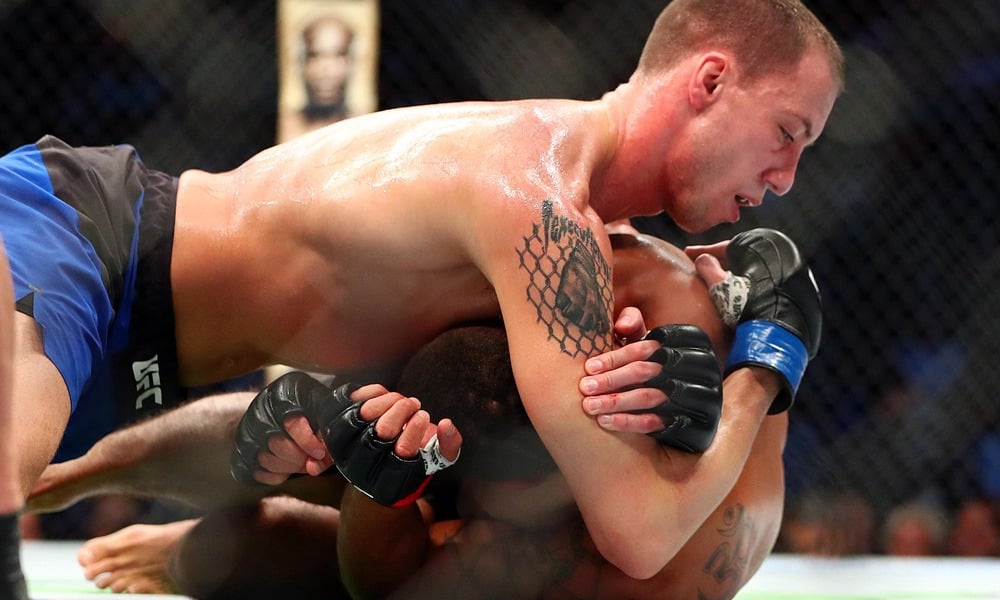
-
Gable Grip
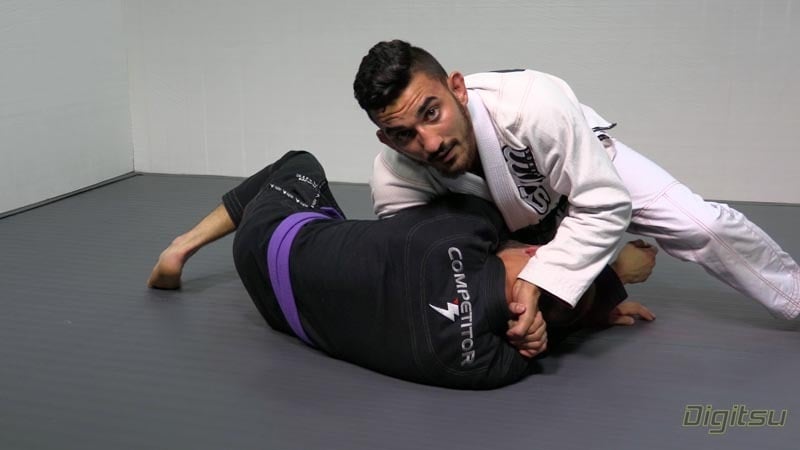
Being able to touch your elbows together, or even have them go further than that (think of a scissoring motion is really helpful when you’re trying to keep someone still for a Darce. So, the gable grip is a good option when it comes to how to finish a Darce choke, mostly because it is quick to get and is instinctive. However, there are a few options that provide more control and make the position much more uncomfortable.
-
S-Grip

Improving your S-grip is easy. Instead of digging your fingers deep into each palm, try and place the tips of the four fingers of one arm on the tips of the fingers of the other. Now go for an S-grip and you’ll be surfside at how much tighter it is. Plus, you get an incredible range of motion of the elbows which is very important in finishing a Darce.
-
V-Grip
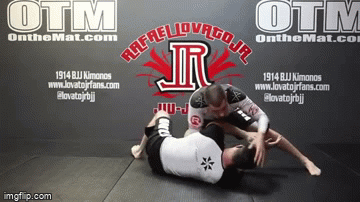
The V-grip allows you to finish a Drace right there and then. You can finish from the top half or even against a turtle without having to break them down to a hip or get to the figure four grip. Elbows move a lot, allowing for the bolt cutter Darce choke variation, as well as offering an extremely tight Japanese necktie follow up option. If you’re wondering how to finish a Darce choke, you should definitely look into this grip.
-
Lapel Grip (Brabo)
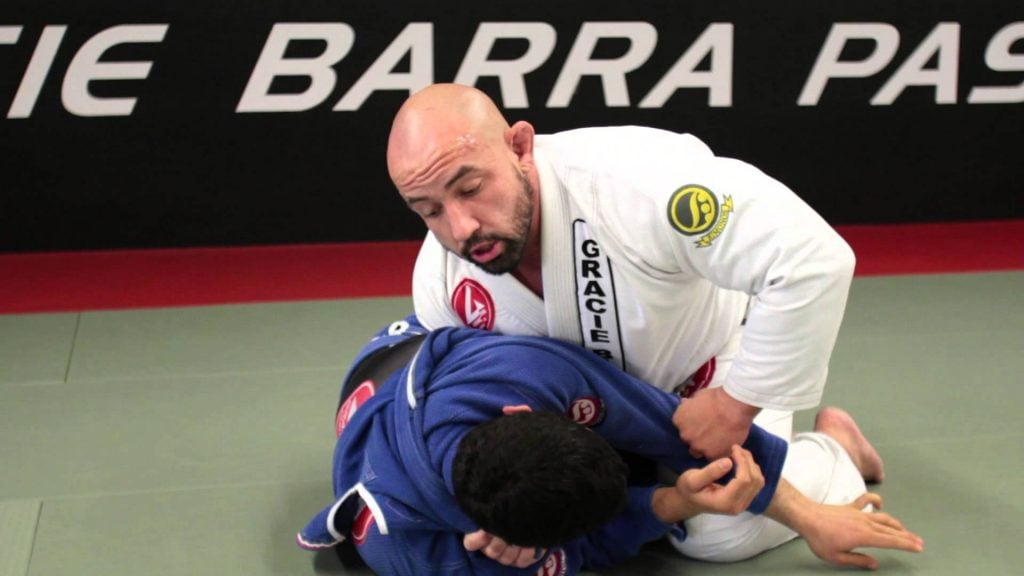
Summary
The Darce choke is only as tight as your grips are. However, you can’t just assume that the figure four grip is the solution to everything, There are grips that open it up, as well as grips that you can fall back to if opponents are defending the figure four, In any case, have fun with all of the grips above and figure out different ways how to finish a Darce choke.


![Darce Choke Encyclopedia – Origins, Mechanics and Variations [2025] BJJ, choke, Brabo, BJJ Darce Choke, D'arce Choke, Darce BJJ Choke](https://bjj-world.com/wp-content/uploads/2017/11/JungPoirierLeeYahoo-218x150.jpg)










![No-Gi Grapplers Guide To Front Headlock Joel Bane DVD Review [2025] No-Gi Grapplers Guide To Front Headlock Joel Bane DVD Review](https://bjj-world.com/wp-content/uploads/2025/03/no-gi-front-headlock-joel-bane-dvd-review-218x150.png)

![Get Off My Legs Gringo Craig Jones DVD Review [2025] Get Off My Legs Gringo Craig Jones DVD Review](https://bjj-world.com/wp-content/uploads/2025/03/get-off-my-legs-gringo-craig-jones-dvd-review-218x150.png)

![Leg Lock Entries Helena Crevar DVD Review [2025] Leg Lock Entries Helena Crevar DVD Review](https://bjj-world.com/wp-content/uploads/2025/03/leg-lock-entries-helena-crevar-dvd-review-218x150.png)

![Unpinnable Mount Escape Mastery Haleem Syed DVD Review [2025] Mount Escape Mastery Haleem Syed DVD Review](https://bjj-world.com/wp-content/uploads/2025/01/mount-escape-mastery-haleem-syed-dvd-review-100x70.png)
![Intro To Hip Mobility for Guard Players Joshua Presley DVD Review [2024] Intro To Hip Mobility for Guard Players Joshua Presley DVD Review](https://bjj-world.com/wp-content/uploads/2024/09/hip-mobility-for-guard-joshua-presley-dvd-review-100x70.png)
![Modern Split Squat Passing Jason Rau DVD Review [2024] Modern Split Squat Passing Jason Rau DVD Review](https://bjj-world.com/wp-content/uploads/2024/11/modern-split-squat-passing-jason-rau-dvd-review-100x70.png)
![Jeff Glover Deep Half Revolution DVD Bundle Review [2024] Jeff Glover Deep Half Revolution DVD Bundle Review](https://bjj-world.com/wp-content/uploads/2024/10/jeff-glover-deep-half-revolution-dvd-bundle-review-100x70.png)
![Upper Body Chain Attacks Janine Mocaiber DVD Review [2025] Upper Body Chain Attacks Janine Mocaiber DVD Review](https://bjj-world.com/wp-content/uploads/2025/03/upper-body-chain-attacks-janine-mocaiber-dvd-review-100x70.png)
![Giancarlo Bodoni DVD Bundle Essential Connections Full Review [2024] Giancarlo Bodoni DVD Bundle Essential Connections Full Review](https://bjj-world.com/wp-content/uploads/2024/09/giancarlo-bodoni-dvd-bundle-essential-connections-100x70.png)
![Henry Akins Black Hole No-Gi Closed Guard DVD Review [2024] Henry Akins Black Hole No-Gi Closed Guard DVD Review](https://bjj-world.com/wp-content/uploads/2024/09/henry-akins-black-hole-no-gi-closed-guard-dvd-review-100x70.png)
![A Blueprint For Smeshing Khabib Nurmagomedov DVD Review [2024] A Blueprint For Smeshing Khabib Nurmagomedov DVD Review](https://bjj-world.com/wp-content/uploads/2024/10/blueprint-for-smeshing-khabib-nurmagomedov-dvd-review-100x70.png)

![10th Planet Leg Locks Jeremiah Vance DVD Review [2025] 10th Planet Leg Locks Jeremiah Vance DVD Review](https://bjj-world.com/wp-content/uploads/2025/01/10th-planet-leg-locks-jeremiah-vance-dvd-review-100x70.png)


![Don’t Stand Up Chris Wojcik DVD Review [2024] Don't Stand Up Chris Wojcik DVD Review](https://bjj-world.com/wp-content/uploads/2024/11/dont-stand-up-chris-wojcik-dvd-review-100x70.png)
![Leg Lock Strategies: Navigating Entanglements Jack Stapleton DVD Review [2024] Leg Lock Strategies: Navigating Entanglements Jack Stapleton DVD Review](https://bjj-world.com/wp-content/uploads/2024/12/navigating-entanglements-jack-stapleton-dvd-review-100x70.png)
![Heavy Top Game Fabiano Scherner BJJ DVD Review [2025] Heavy Top Game Fabiano Scherner BJJ DVD Review](https://bjj-world.com/wp-content/uploads/2025/01/heavy-top-game-fabiano-scherner-bjj-dvd-review-100x70.png)
![Position And Submission Escapes Craig Funk DVD Review [2025] Position And Submission Escapes Craig Funk DVD Review](https://bjj-world.com/wp-content/uploads/2025/02/position-and-submission-escapes-craig-funk-dvd-review-100x70.png)




![The Buchecha Gi Takedown System DVD Review [2025] The Buchecha Gi Takedown System DVD Review](https://bjj-world.com/wp-content/uploads/2025/01/buchecha-gi-takedown-system-dvd-review-100x70.png)
![No-Gi Grapplers Guide To Front Headlock Joel Bane DVD Review [2025] No-Gi Grapplers Guide To Front Headlock Joel Bane DVD Review](https://bjj-world.com/wp-content/uploads/2025/03/no-gi-front-headlock-joel-bane-dvd-review-100x70.png)
![Breaking Their Guard Mikey Musumeci DVD Review [2025] Breaking Their Guard Mikey Musumeci DVD Review](https://bjj-world.com/wp-content/uploads/2025/02/breaking-their-guard-mikey-musumeci-dvd-review-100x70.png)


![Advanced Immortal Clinch Matt Brown DVD Review [2024] Advanced Immortal Clinch Matt Brown DVD Review](https://bjj-world.com/wp-content/uploads/2024/09/advanced-immortal-clinch-matt-brown-dvd-review-100x70.png)
![Tricks for Unstoppable Takedowns Georges St Pierre DVD Review [2024] Tricks for Unstoppable Takedowns Georges St Pierre DVD Review](https://bjj-world.com/wp-content/uploads/2024/12/unstoppable-takedowns-georges-st-pierre-dvd-review-100x70.png)

